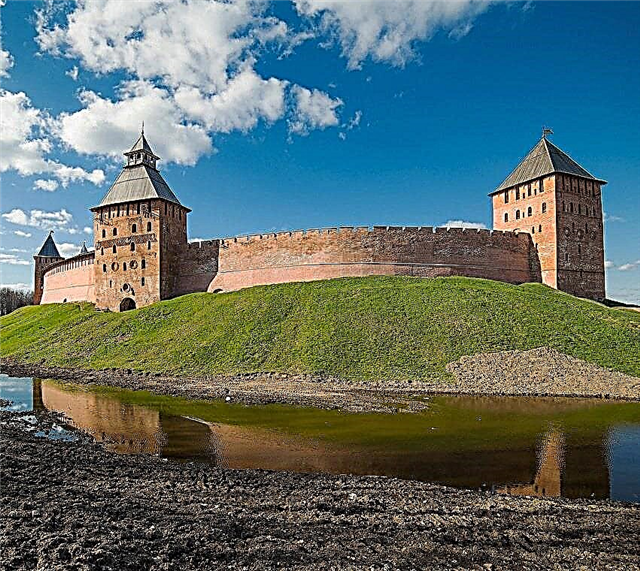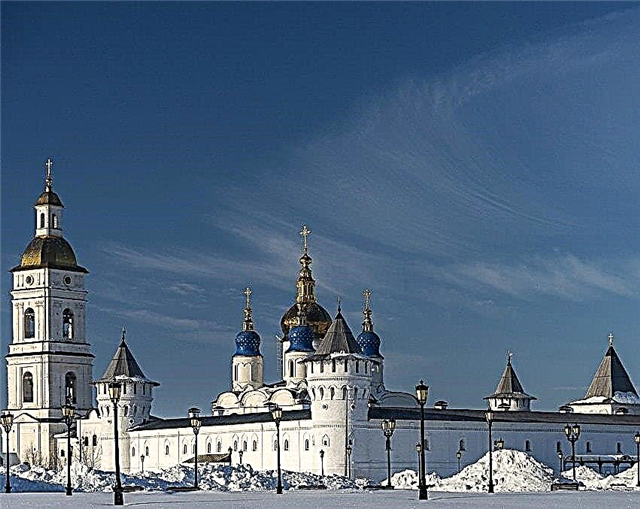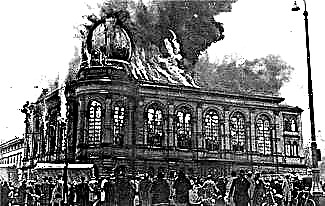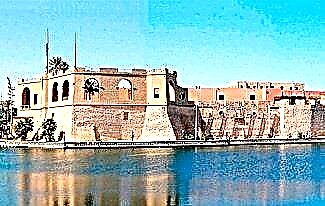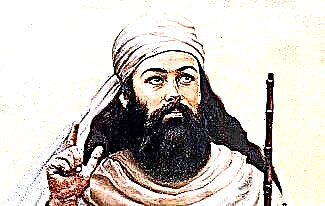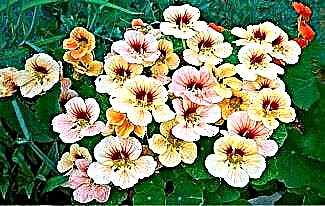The Taj Mahal is a recognized symbol of eternal love, because it was created for the sake of the woman who conquered the heart of the Mughal Emperor Shah Jahan. Mumtaz Mahal was his third wife and died giving birth to their fourteenth child. To immortalize the name of his beloved, the padishah conceived a grandiose project to build a mausoleum. The construction took 22 years, but today it is an example of harmony in art, which is why tourists from all over the world dream of visiting the wonder of the world.
Taj Mahal and its construction
To build the world's greatest mausoleum, the padishah employed more than 22,000 people from all over the empire and adjacent states. The best masters worked on the mosque to bring it to perfection, observing complete symmetry according to the emperor's plans. Initially, the plot of land on which it was planned to erect the tomb belonged to Maharaja Jai Singh. Shah Jahan gave him a palace in the city of Agra in exchange for an empty territory.
First, work was carried out to prepare the soil. The territory exceeding a hectare in area was dug up, soil was replaced on it for the stability of the future building. The foundations were dug wells, which were filled with rubble stone. During the construction, white marble was used, which had to be transported not only from different parts of the country, but even from neighboring states. To solve the problem with transportation, it was necessary to specially invent carts, to design a lifting ramp.
Only the tomb and the platform to it were built for about 12 years, the rest of the complex's elements were erected over another 10 years. Over the years, the following structures have appeared:
- minarets;
- mosque;
- javab;
- Large gate.

It is because of this length of time that disputes often arise as to how many years the Taj Mahal was built and what year is considered the moment of completion of the construction of the landmark. Construction began in 1632, and all work was completed by 1653, the mausoleum itself was ready already in 1643. But no matter how long the work lasted, as a result, an amazing temple with a height of 74 meters appeared in India, and is surrounded by gardens with an impressive pool and fountains ...
Feature of the Taj Mahal architecture
Despite the fact that the building is so significant from a cultural point of view, there is still no reliable information about who actually was the main architect of the tomb. In the course of the work, the best craftsmen were involved, the Council of Architects was created, and all decisions made came exclusively from the emperor. In many sources, it is believed that the project for the creation of the complex came from Ustad Ahmad Lahauri. True, when discussing the question of who built the pearl of architectural art, the name of the Turk Isa Mohammed Efendi often pops up.
However, it does not really matter who built the palace, since it is a symbol of the padishah's love, who sought to create a unique tomb worthy of his faithful companion in life. For this reason, white marble was chosen as the material, denoting the purity of the soul of the Mumtaz Mahal. The walls of the tomb are adorned with precious stones laid out in intricate pictures to convey the amazing beauty of the emperor's wife.
Several styles are intertwined in architecture, among which there are notes from Persia, Islam and Central Asia. The main advantages of the complex are considered to be a checkerboard floor, minarets 40 meters high, as well as an amazing dome. A special feature of the Taj Mahal is the use of optical illusions. So, for example, inscriptions from the Quran written along the arches appear to be the same size throughout the entire height. In fact, the letters and the distance between them at the top are much greater than at the bottom, but a person walking inside does not see this difference.
The illusions do not end there, since you need to watch the attraction at different times of the day. The marble from which it is made is translucent, so during the day it seems white, at sunset it acquires a pinkish tint, and at night under the moonlight it gives off silver.
In Islamic architecture, it is impossible to do without images of flowers, but how skillfully the monument was made from mosaics cannot but impress. If you look closely, you can see dozens of gems encrusted just a couple of centimeters away. Such details are found inside and outside, because the whole mausoleum is thought out to the smallest detail.
The whole structure is axially symmetrical on the outside, so some details were added only to maintain the overall appearance. The interior is also symmetrical, but already relative to the Mumtaz Mahal tomb. The general harmony is disturbed only by the tombstone of Shah Jahan himself, which after his death was installed next to his beloved. Although it doesn't matter for tourists what the symmetry looks like inside the premises, because it is decorated so exquisitely that the eyes diverge, and this is given that most of the treasures have been plundered by vandals.
Interesting facts about the Taj Mahal
For the construction of the Taj Mahal, it was necessary to install massive forests, and it was decided to use for this not the usual bamboo, but solid brick. The craftsmen who worked on the project argued that it would take years to disassemble the created structure. Shah Jahan went the other way and announced that everyone can take as many bricks as they can carry. As a result, the structure was dismantled by the residents of the city in a few days.
The story goes that upon completion of the construction, the emperor ordered to gouge out the eyes and cut off the hands of all the masters who performed a miracle so that they could not reproduce similar elements in other works. And although in those days many really used such methods, it is believed that this is only a legend, and the padishah limited himself to a written assurance that the architects would not create a similar mausoleum.
The interesting facts do not end there, because opposite the Taj Mahal there was supposed to be the same tomb for the Indian ruler, but made of black marble. This was briefly stated in the documents of the son of the great padishah, but historians are inclined to believe that they were talking about the reflection of the existing tomb, which looks black from the pool, which also confirms the emperor's passion for illusions.
We recommend seeing the Sheikh Zayed Mosque.
There is controversy that the museum could collapse due to the fact that the Jamna River has become shallow over the years. Cracks were recently found on the walls, but this does not mean that the reason lies only in the river. The temple is located in a city, where it is influenced by various environmental factors. The once snow-white marble takes on a yellow tint, so it often has to be cleaned with white clay.
For those who are interested in how the name of the complex is translated, it should be said that from Persian it means “the greatest palace”. However, there is an opinion that the secret lies in the name of the chosen one of the Indian prince. The future emperor was in love with his cousin even before marriage and called her Mumtaz Mahal, that is, the Decoration of the Palace, and Taj, in turn, means “crown”.
Note for tourists
It is not worth mentioning what the great mausoleum is famous for, because it is included in the UNESCO World Heritage List, and is also considered the New Wonder of the World. During the excursion, they will definitely tell a romantic story about who the temple was built in honor, as well as give a brief description of the stages of construction and reveal the secrets in which city there is a similar structure.
To visit the Taj Mahal, you need an address: in the city of Agra, you need to get to State Highway 62, Tajganj, Uttar Pradesh. Photos on the territory of the temple are allowed to be taken, but only with ordinary equipment, professional equipment is strictly prohibited here. True, many tourists take beautiful photos outside the complex, you just need to know where the observation deck is located, from which the view from above opens. The city map usually indicates from where you can see the palace and from which side the entrance to the complex is open.

